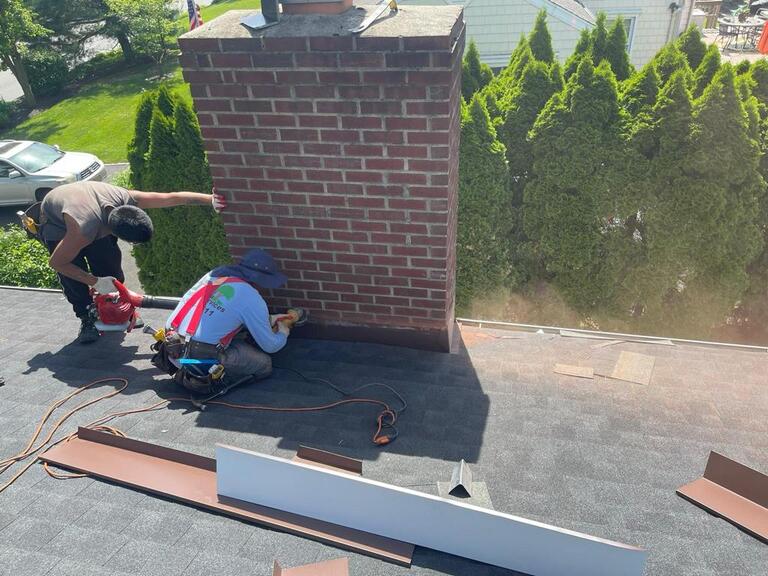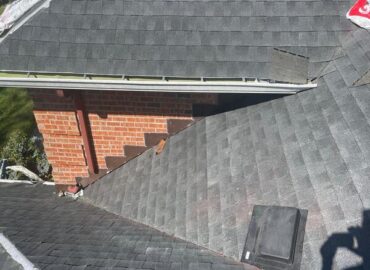Introduction: What is a chimney?
A chimney is a structure that protrudes from a building and serves as a conduit for smoke and heat from a fireplace or furnace. Chimneys are typically constructed out of masonry materials such as brick or stone. They can be made of other materials such as metal, but masonry is the most common. The inside of a chimney is often lined with cement mortar or clay tiles to protect the building from fire and to keep the smoke and gases flowing in the correct direction.
What are the different types of chimneys?
There are many different types of chimneys and each has its own set of benefits and drawbacks. The most common type of chimney is the masonry chimney, which is made from brick, stone, or other masonry materials. Masonry chimneys are very durable and can last for hundreds of years if properly maintained. They are also relatively expensive to build, so they are not ideal for homes with limited budgets.
Another popular type of chimney is the prefabricated metal chimney. These chimneys are made from sheet metal and are much less expensive to build than masonry chimneys. They are also much lighter weight, so they can be installed in homes that cannot support a heavy masonry chimney. However, metal chimneys are not as durable as masonry Chimneys and may need to be replaced after just a few decades.
What are the main components of a chimney?
When your chimney is not in proper working order, it can result in a number of problems for your home. Not only can it lead to smoke and fire damage, but it can also create hazardous indoor air quality conditions. There are a few main components of a chimney that you should be aware of so you can identify when there is a problem.
The flue is the part of the chimney that vents the smoke and gases out of the house. It is made up of several parts, including the liner, the flue tiles, and the cap. The liner is a metal pipe that extends from the firebox to the top of the chimney. The flue tiles line the inside of the liner and help to protect it from heat and corrosion.
What are the dangers of a faulty chimney?
A faulty chimney can be dangerous for a number of reasons. First, it can allow carbon monoxide to escape into the home, which is an odorless and deadly gas. Second, a faulty chimney can cause a fire in the home. Finally, a faulty chimney can cause water damage to the home. All of these dangers make it important to have regular chimney inspections and repairs.
How can you tell if your chimney needs repair?
There are a few telltale signs that your chimney may need repair. One sign is if you see any cracks in the masonry. If the mortar between the bricks is crumbling, that’s also a sign that there’s a problem. You should also look for any evidence of water damage, such as black or green stains on the chimney or roof. If you notice any of these problems, it’s best to call a professional chimney repair service to take a look. They can assess the damage and recommend the best course of action for repairing your chimney.


